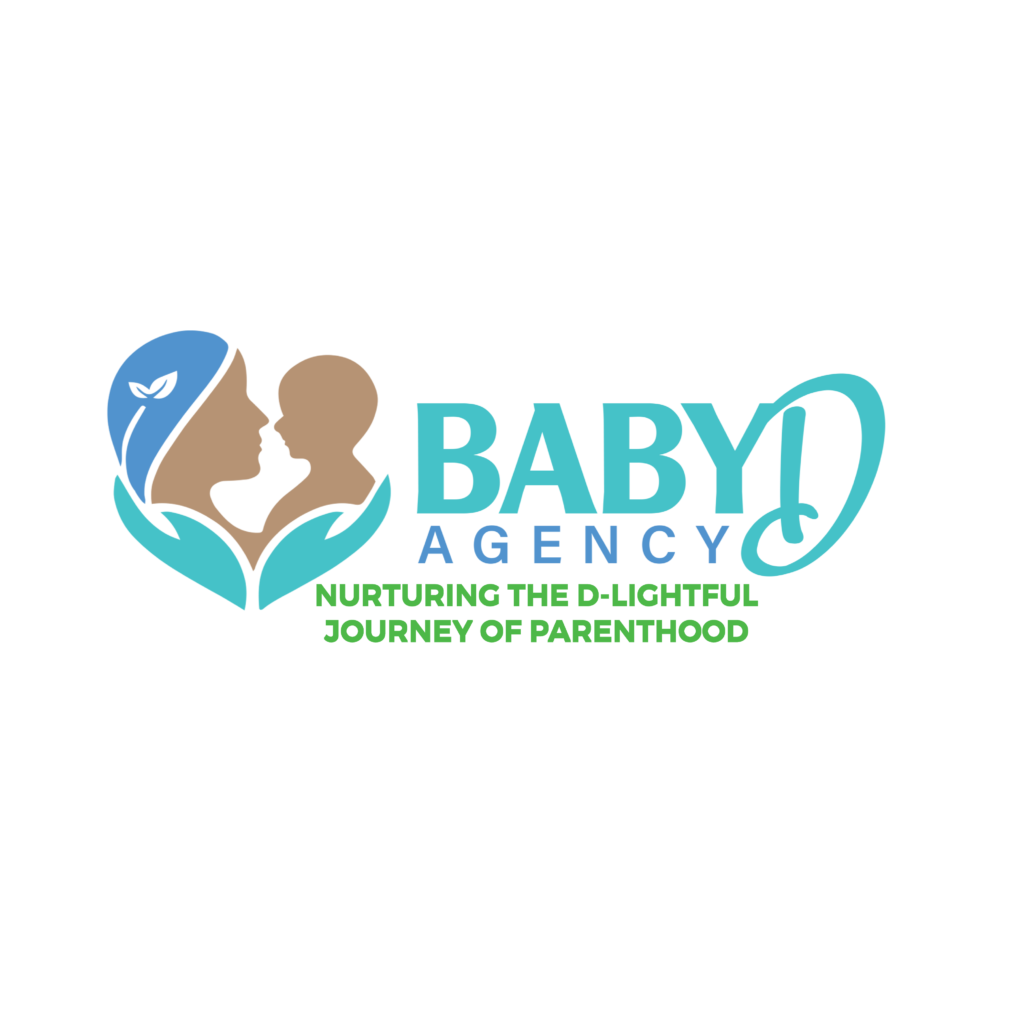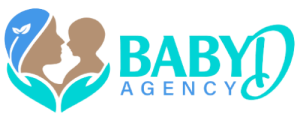Giving birth is an overwhelming and wholesome experience. Your body experiences various changes to adapt to this new phase of life. A prominent change occurs in your breasts due to hormonal changes during pregnancy or breastfeeding. However, sometimes, there are complications that can occur during birth or in the case of breastfeeding. One such complication is Mastitis.
Mastitis is a common inflammation of your breast tissue. It is a painful condition which can often lead to bacterial infections.
Mastitis is common in pregnant women or mothers who are breastfeeding. It can also occur in men or women who are not best-feeding, but it is a rare occurrence.
Mastitis in Breastfeeding Women
Mastitis is most commonly associated with breastfeeding women. If you have cracked nipples, milk stasis, or bacteria, this creates a breeding environment for infection. According to research over the years, around 10% of breastfeeding women are estimated to experience Mastitis at some point.
Breastfeeding mothers should be vigilant about their breast health and watch out for any signs of Mastitis. Early recognition and prompt treatment can prevent complications and allow for a quick recovery.
Cause of Mastitis
Mastitis occurs when the milk produced cannot effectively flow in the breast. It can be due to two reasons:
- Hyperlactation/Overproduction of Milk
It is the most common cause of Mastitis. When the milk is over-produced, it increases the pressure around the breast tissues, ultimately putting pressure on the milk ducts, causing them to narrow down. This results in swollen breasts, which can also lead to bacterial Mastitis.
- Back of Milk
Mastitis can also occur when your baby does not suck the milk from your breasts properly. It is most common in the first trimester of lactation. In this case, the milk is not drained correctly from the breast, which causes blocked and swollen milk ducts.
- Bacteria in the Breast
One cause of Mastitis is when bacteria from your skin’s surface or even your baby’s mouth enter the breast. It enters via the crack in your nipple’s skin to your milk ducts, causing extremely painful swelling and red appearance of your breast.
Bacterial Mastitis may also lead to abscess formation, discharged from the nipple like pus.
Symptoms of Mastitis
Mastitis presents various symptoms that can vary depending on the severity of the condition. These symptoms include:
- Breast pain and tenderness
- Swelling and discomfort
- The sensation of a hard lump in the breast
- Redness and warmth in the affected area
- Breast engorgement
- Fever and flu-like symptoms, such as chills and body aches
- Nipple discharge, which may contain pus
The symptoms of Mastitis vary depending on the type. Some women have mild symptoms, while some have severe presentation of Mastitis.
Diagnosis of Mastitis
Mastitis is diagnosed by a physical examination of your breast by your healthcare practitioner. Diagnosing Mastitis as early as possible is important to prevent it from progressing to bacterial Mastitis.
Moreover, diagnosis is essential to differentiate Mastitis from Inflammatory Breast Cancer, which is a rare condition but has the same redness and swelling symptoms as Mastitis.
Prevention of Mastitis
Prevention is vital in case of breastfeeding issues. For Mastitis, there are simple tips to follow to reduce the risk of painful infection.
- Maintain Breast Hygiene
Hygiene is necessary when it comes to caring for your baby and yourself. A clean breast is less prone to bacterial invasions. This saves you from having bacterial Mastitis.
- Practice the Right Breastfeeding Techniques
Knowing how to breastfeed correctly is a blessing as many mothers, especially the first timers, don’t know how to breastfeed correctly and may encounter Mastitis. Ensure your baby is in the correct position (use a proper latch). Let your baby empty one breast completely before switching to the other breast during feeding.
Frequently change the baby’s position when breastfeeding so that each breast is drained completely. If your baby cannot breastfeed correctly, use a breast pump to drain the milk out of your breast.
- Avoid Cracked Nipples
Bacterial Mastitis can occur due to cracked skin of your nipples, which is why taking care of the surface of your breast is necessary. Use breast shells or creams like Lanolin to protect your nipple.
Breastfeeding issues are common among women who are first-timers or have complexities during pregnancy. As a common breastfeeding complication, Mastitis needs to be understood and prevented to give your baby a safe and nutritious breastfeeding environment. As mothers strive to provide their little bundles of joy the best, having the right products can significantly enhance a positive breastfeeding experience.
Our baby products at BabyD Agency are designed with pure care for both mother and child. They are perfect for you and your little one as our products prioritize ease of use and functionality, supporting proper breastfeeding techniques and minimizing the risk of conditions like Mastitis.
So visit BabyD Agency now and experience comfort and well-being throughout your breastfeeding phase. Because sip by sip, BabyD Agency nurtures the bond.


